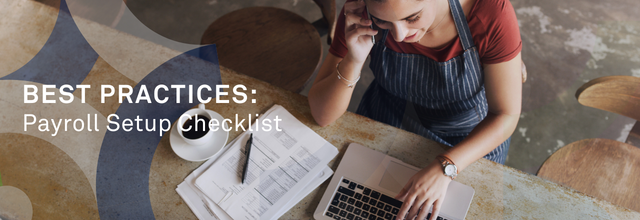
The setup process can be difficult for you as an employer. It can get complicated when you have to consider regulatory duties that may affect your business and result in penalties if it’s not set up correctly.
A payroll must include employee information, hours they’ve worked, what their salaries are, and tax deductions. Not to mention, any voluntary deductions such as charitable donations or any other optional internal deductions, must be included.
If you’re new to payroll and worried about what vital information you need to ensure everything runs smoothly, we’ve compiled a checklist to help you get started.
For the Business:
- The year-to-date payroll information for each of your employees
- The payment frequency; whether it be weekly, bi-weekly, semi-monthly or monthly
- The types of benefits (such as health and dental insurance) and vacations or sick leaves
- Tax information and remittance schedule
- The business number and CRA Payroll Account Number
- And of course, the address of the company
For Your Employees:
- The employee’s full name as it appears on their bank account
- Their date of birth
- Social Insurance Number
- Their home address
- Their email address
- The employee’s salaries, deductions, additions and any contributions they may have made (such as a Group RRSP, etc. )
- Their bank deposit information. This information must be correct for the employee to get paid. Often, incorrect information is provided or is given in the wrong order so it’s best to request a voided cheque or Payroll Information Form to ensure accuracy.
- Their date of hire or date of retirement.
Setting up a payroll system can be challenging and the essential information must be correct to avoid timely delays for you and your employees. If you have any questions about the payroll process, contact our support team. We’d be happy to help!
